Backed by O.C. donor, Caltech launches demo for harvesting solar power in space
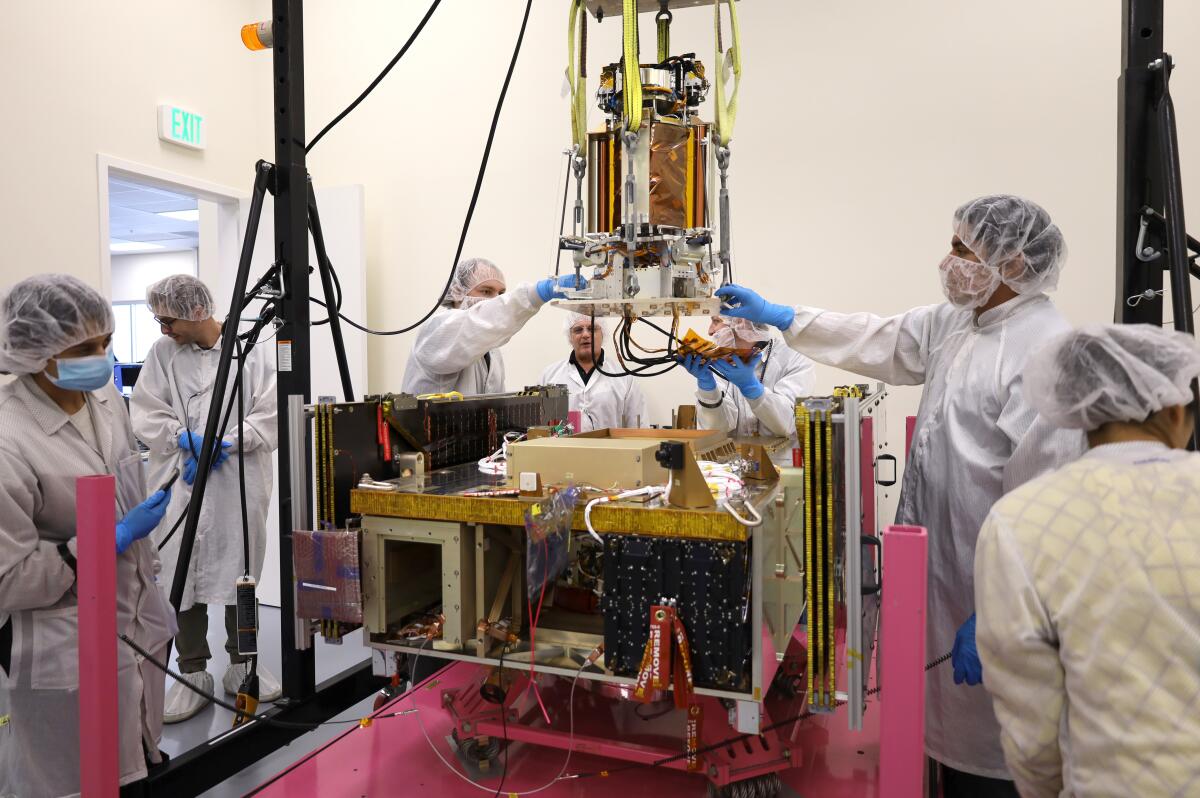
Hitching a ride on a SpaceX Falcon 9, a small prototype created by Caltech scientists and engineers embarked from Florida’s Cape Canaveral Tuesday morning on an ambitious mission to demonstrate the feasibility of harvesting solar power in space.
Weighing in at just 50 kilograms — about 110 pounds — the Space Solar Power Demonstrator is set to launch a series of experiments that could one day lead to the deployment of spacecraft that collect solar energy and beam it back to Earth in the form of electricity.
Tuesday’s launch date was a long time coming for the roughly 35-member Caltech crew of principal investigators, graduate and postdoctoral students and researchers who have worked tirelessly in the past two years creating and testing the SSPD’s component parts.
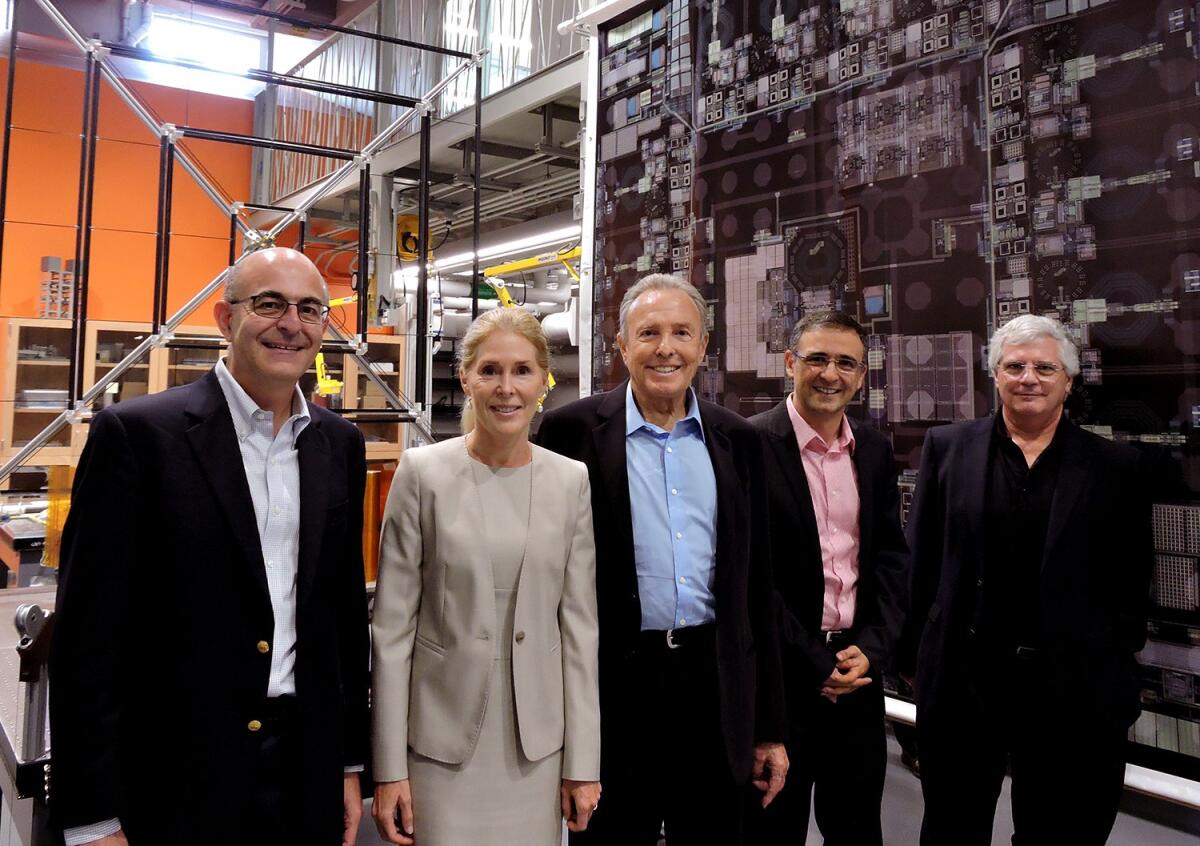
But it was also a memorable moment for Orange County philanthropist Donald Bren, chairman of the Irvine Co. and lifetime member of Caltech’s Board of Trustees who, intrigued by the potential applications of space-based solar energy, contributed more than $100 million to the project over a decade.
A 2011 article in Popular Science magazine indicated a solar panel placed in space could harvest five times the energy of earthbound counterparts subject to weather patterns and sunless nights.
It cited a 2007 National Space Society study indicating a half-mile band of photovoltaic cells orbiting the planet could generate as much energy as all the oil remaining on Earth in the span of a single year.
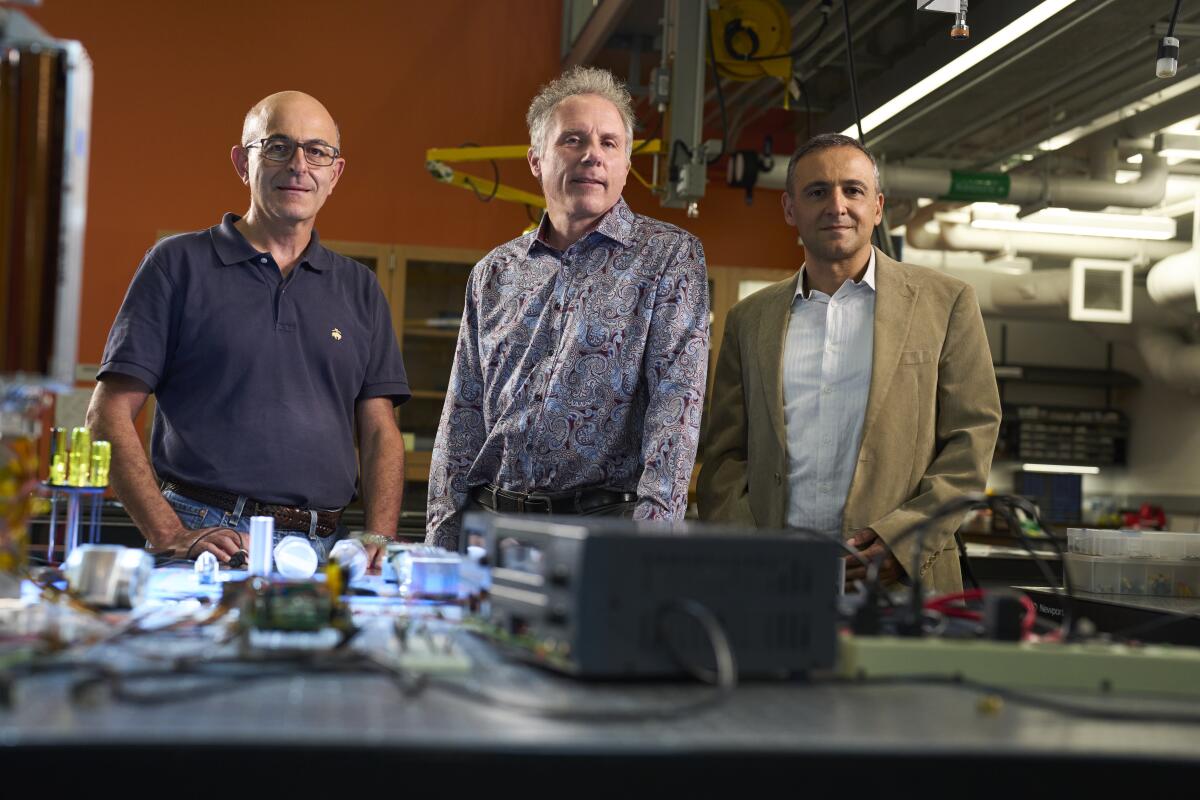
Bren spoke with leaders at Caltech and in 2013, agreed with wife and fellow Caltech trustee Brigitte Bren to fund the Caltech Space Solar Power Project.
“For many years, I’ve dreamed about how space-based solar power could solve some of humanity’s most urgent challenges,” Donald Bren said in a statement following Tuesday’s launch. “Today, I’m thrilled to be supporting Caltech’s brilliant scientists as they race to make that dream a reality.”
Able to circle the planet from a Vigoride spacecraft created by California-based Momentus to carry payloads in orbit, the instrument is anticipated to begin returning data to Earth in the next couple weeks.
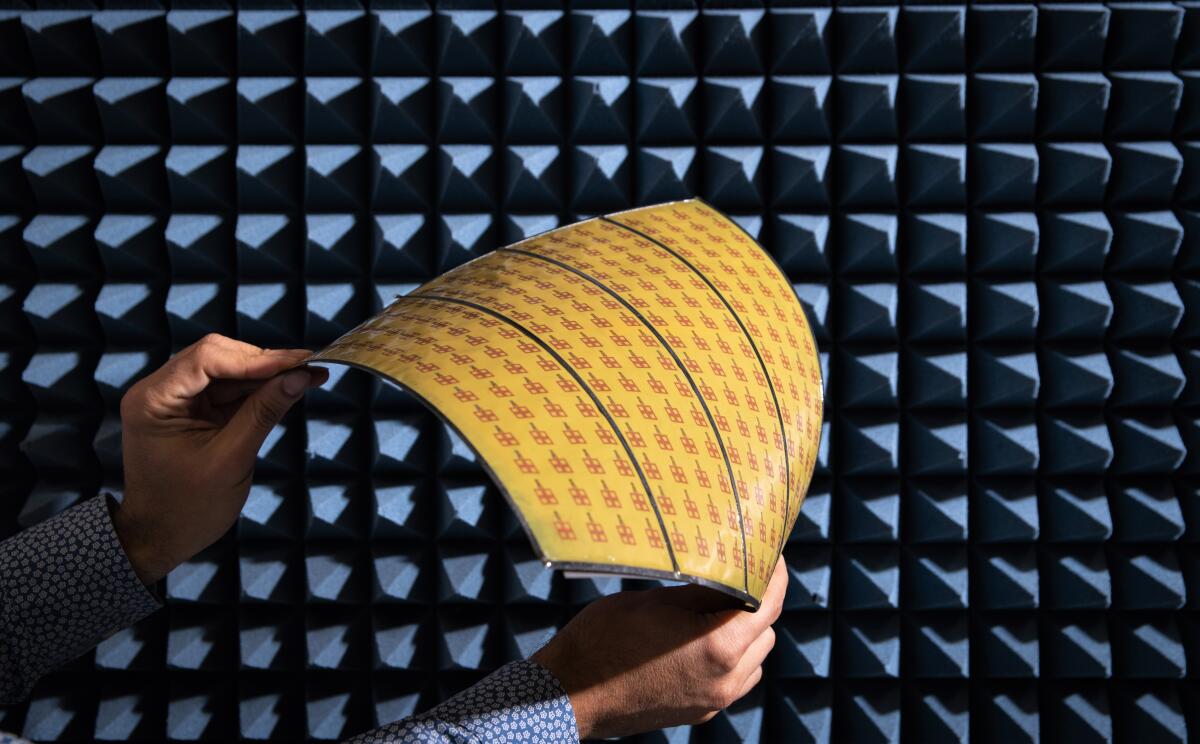
Caltech senior researcher Michael Kelzenberg said the goal of the demonstration is not to directly transmit electricity from space but to determine the best methods, instruments and materials for creating effective, cost efficient technologies for future use.
“[Space-based solar power] is truly a renewable energy source that could meet all of Earth’s energy needs,” he said. “Our goal is to make it so it becomes a good decision, or a worthwhile decision in the future for the type of entities that could build something at this scale.”
The Caltech team will be conducting three main experiments. The Deployable on-Orbit ultraLight Composite Experiment (DOLCE) will test the deployment of lightweight, foldable solar energy-capturing structures that open to receive sunlight.
ALBA (Italian for “dawn”) will test the performance of as many as 32 different types of photovoltaic cells to determine which are most efficient and resilient.
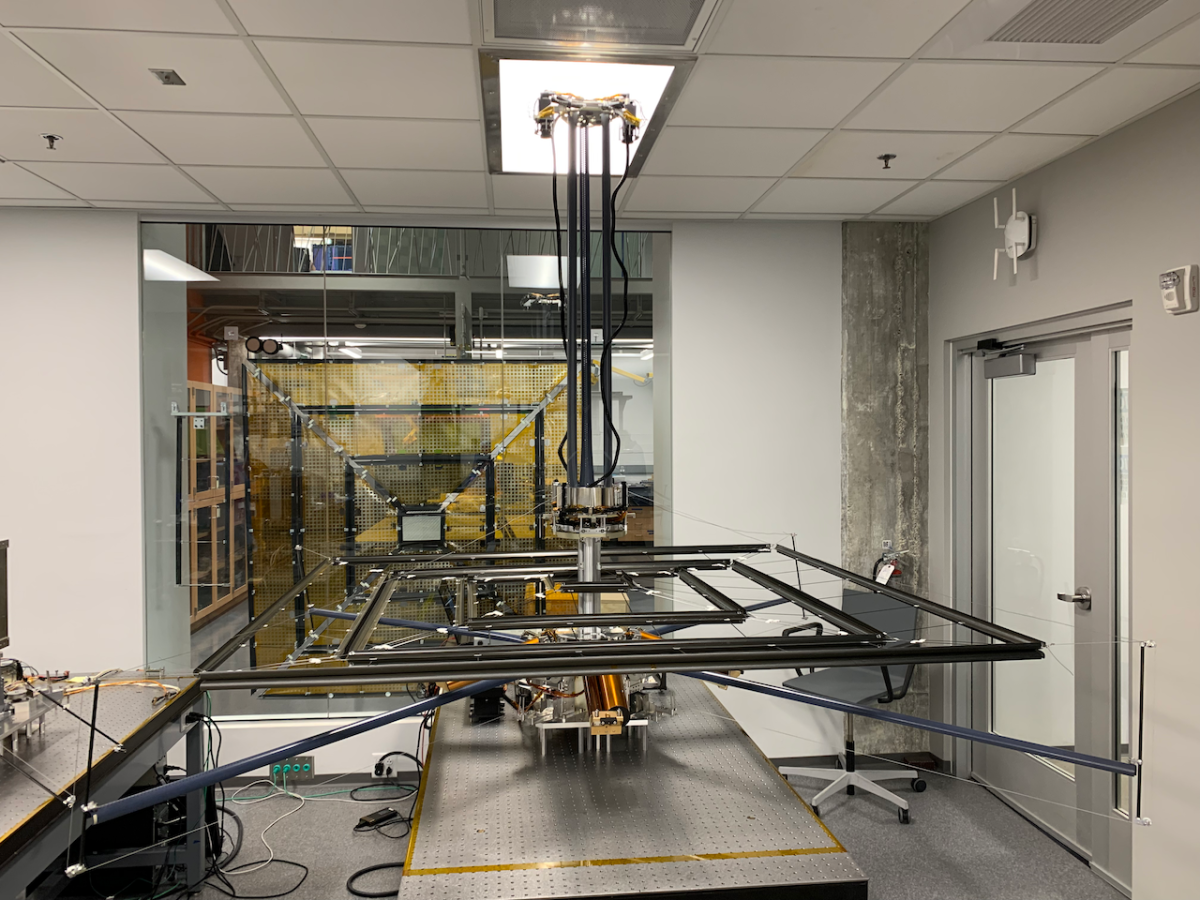
The Microwave Array for Power-transfer Low-orbit Experiment (MAPLE) will test the function of lightweight, flexible microwave transmitters capable of directing wireless power to two different receivers and test performance over time under certain conditions.
Kelzenberg, who watched Tuesday’s launch via livestream in Pasadena, described being in a period of calm, as the host spacecraft performs initial operations, before a stream of data comes pouring in.
“In the next few days, we expect our payloads to be powered up then, over the next few weeks, we’ll start getting data and giving commands,” he said. “For today, we’re celebrating the successful launch and all of the work it took to get us there.”
All the latest on Orange County from Orange County.
Get our free TimesOC newsletter.
You may occasionally receive promotional content from the Daily Pilot.




